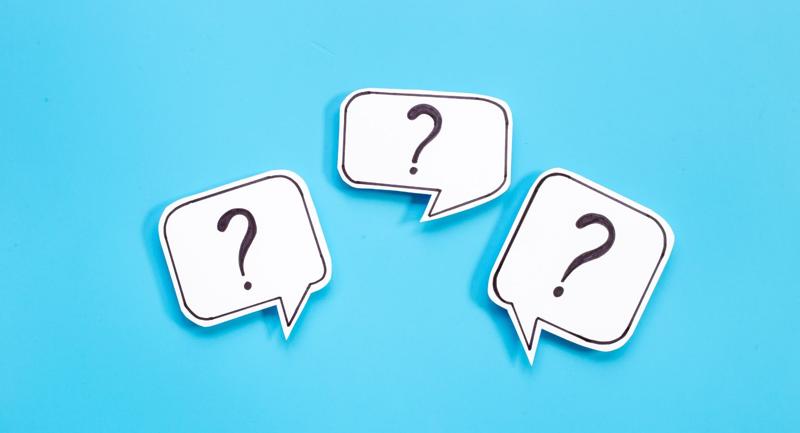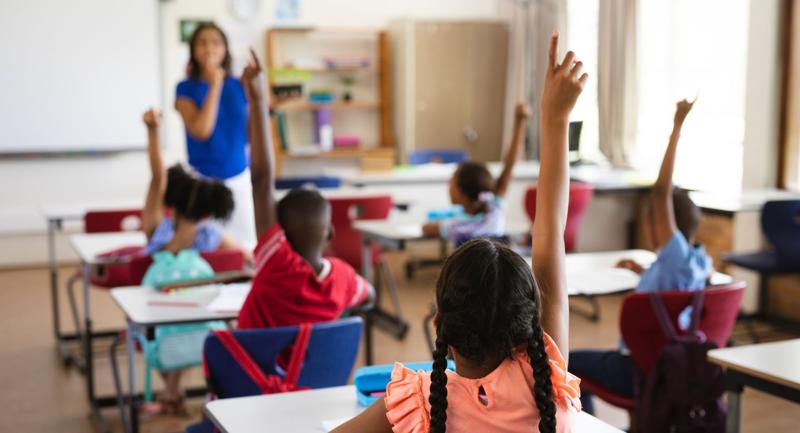For seven years, I worked in an ideal classroom. I taught small groups of 12 students, and I had an assistant. Every single task was personalized. Last year, I embarked on a new teaching assignment: four classes of 6th graders, with 20 to 30 students per class and no assistant. Every teacher wants to reach each student every time they teach. But while standing in front of 30 students with background knowledge ranging from zero to vast, this goal felt like the most overwhelming part of my career. Last September, personalized learning seemed like a lofty goal I could never again achieve. But by December, I found myself winding my way back to personalized learning because the students and I both craved it. Lecturing and mass production of assignments just weren't my teaching style. Plus, I missed the give and take of students motivated to share their own ideas about the learning.
These are the five strategies I used to bring myself back to personalized learning in a larger class setting.
Start at the End
Tired of hearing this one yet? The reason this is overplayed is because it is simply good pedagogy. I urge you to pore over your scope and sequence, or create one if you don't already have one. Having a deep knowledge of what your students must understand takes away the fear of personalized learning. Knowing really well where the learning should be going—the objectives—opens the door to multiple routes for getting there. Give students the objective, and then keep directing them back to it no matter what form it takes throughout their work.
Let Objectives Do the Driving
As you start to experiment with different ways to allow student choice, keep asking yourself this question: Does this provide a way to meet the objective? If a student comes to you with an idea or further questions, sit with the student and ask a similar question: Does this idea create a path for you to meet the objective? You may have to step in and help him determine part of the path, and sometimes you simply have to say no and explain that the goal is to always meet the objective.
The same applies when creating rubrics. Although personalization is the goal, you don't want to create a rubric for every kind of project imaginable. Use your objectives to drive your rubric. For example, if your objective is "Students can demonstrate, label, and describe osmosis," the format students use to convey an understanding of osmosis is left open ended. They could write a paper, make an iMovie, draw a picture, or make a brochure, all while fulfilling the requirements of the objective.
Take Baby Steps
When I recommitted to personalization in my classroom, I knew I had to start with one unit and take baby steps. I created a learning menu. A learning menu, similar to a choice board, is an assignment where you give students a set number of requirements and associated choices for fulfilling those requirements. For my baby steps toward personalization, I let students choose the type of worksheet they wanted to use to take notes on a piece of text. Students can find choices overwhelming, and in those cases, I suggest which choice I think best suits them.
Having students fulfill an objective with some choice allowed me to experiment with grading different assignments while maintaining a standard. Toward the end of the year, the learning menu turned into a learning buffet in which I provided more of a framework (for example, I might require one vocabulary assignment, three note-taking assignments, and one final project). Students came up with their own ideas for how these assignments would take shape, or they would seek my suggestions. It all began with letting students pick between three different worksheets.
Anticipate and Respond Practically
At the beginning of the year, ask your students how they like to learn. Do they like using computers? Do they like drawing? Do they like taking notes? As much as you can, make multiple modalities accessible to students. When reserving technology, ask yourself this question: Are students going to use this to meet the objective and enhance their understanding? If they aren't, talk with them and explain why technology is not the best use of their time and resources for this assignment. Set up a close relationship with your librarian and communicate about what books or magazines you might find helpful. You may soon find your librarian anticipates your needs before you do.
Use a Management System That Works for You
Personalized learning looks like chaos in the classroom. Be sure to have a good classroom management system in place and wear your running shoes—you will find yourself moving from group to group, having meaningful conversations, and asking deep questions. Applications such as Class Dojo can help you manage students' behavior while they work on individual assignments. I also found that peer collaboration made the personalized classroom easier to manage. Students worked together to meet an objective but were responsible for unique, choice-based demonstrations of understanding. (This helps thwart plagiarism.) In mixed groups, discussions went deeper and students produced higher-quality products. I had visual artists working alongside writers, and each contribution was their own.
With learning menus, my classroom came alive, and personalization once again felt possible. Not only did student work improve, but student engagement improved, too. We all looked forward to coming to class. I hope these five suggestions can help you find a practical launch pad for personalizing learning.







